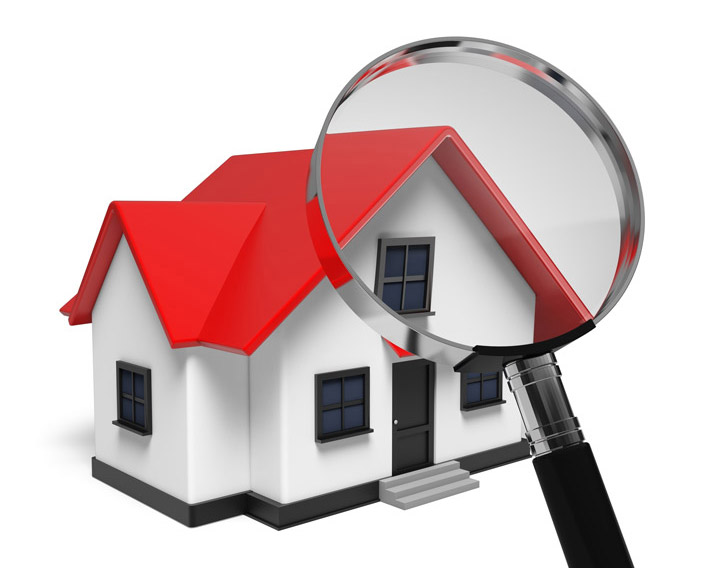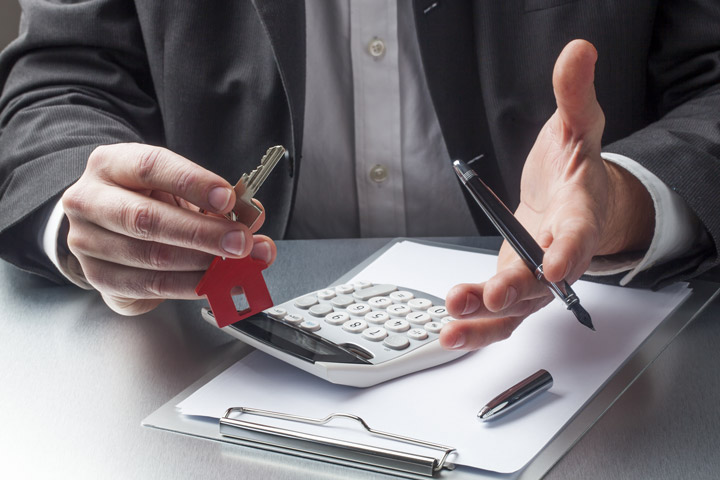
Understanding AppraisalsGetting real estate is the most important investment some of us could ever consider. It doesn't matter if where you raise your family, a second vacation property or an investment, purchasing real property is a complex transaction that requires multiple parties to make it all happen. Practically all the participants are very familiar. The most known entity in the exchange is the real estate agent. Next, the bank provides the money needed to fund the exchange. The title company ensures that all requirements of the transaction are completed and that the title is clear to pass from the seller to the purchaser. So, what party is responsible for making sure the value of the real estate is consistent with the purchase price? In comes the appraiser. We provide an unbiased opinion of what a buyer might expect to pay — or a seller receive — for a parcel of real estate, where both buyer and seller are informed parties. A licensed, certified, professional appraiser from Snider Appraisal will ensure, you as an interested party, are informed. The inspection is where an appraisal startsTo ascertain the true status of the property, it's our responsibility to first perform a thorough inspection. We must see features first hand, such as the number of bedrooms and bathrooms, the location, living areas, etc, to ensure they truly are there and are in the condition a typical buyer would expect them to be. The inspection often includes a sketch of the property, ensuring the square footage is proper and conveying the layout of the property. Most importantly, the appraiser looks for any obvious features - or defects - that would affect the value of the house. Once the site has been inspected, an appraiser uses two or three approaches to determining the value of the property: a paired sales analysis, a replacement cost calculation, and an income approach when rental properties are prevalent. 
Cost ApproachThis is where the appraiser analyzes information on local construction costs, labor rates and other elements to ascertain how much it would cost to build a property comparable to the one being appraised. This value commonly sets the upper limit on what a property would sell for. It's also the least used method. 
Analyzing Comparable SalesAppraisers can tell you a lot about the subdivisions in which they work. They innately understand the value of specific features to the people of that area. Then, the appraiser looks up recent transactions in the neighborhood and finds properties which are 'comparable' to the home in question. By assigning a dollar value to certain items such as fireplaces, room layout, appliance upgrades, extra bathrooms or bedrooms, or quality of construction, we adjust the comparable properties so that they are more accurately in line with the features of subject.
Once all necessary adjustments have been made, the appraiser reconciles the adjusted sales prices of all the comps and then derives an opinion of what the subject could sell for. When it comes to valuing features of homes in Plano and Collin, Snider Appraisal can't be beat. This approach to value is most often given the most weight when an appraisal is for a real estate exchange. Valuation Using the Income ApproachIn the case of income producing properties - rental houses for example - the appraiser may use a third method of valuing a property. In this scenario, the amount of revenue the property yields is factored in with other rents in the area for comparable properties to determine the current value. Arriving at a Value ConclusionCombining information from all applicable approaches, the appraiser is then ready to state an estimated market value for the subject property. It is important to note that while this amount is probably the most reliable indication of what a property is worth, it may not be the final sales price. Prices can always be driven up or down by extenuating circumstances like the motivation or urgency of a seller or 'bidding wars'. But the appraised value is typically employed as a guideline for lenders who don't want to loan a buyer more money than the property is actually worth. The bottom line is, an appraiser from Snider Appraisal will help you discover the most accurate property value, so you can make profitable real estate decisions. |